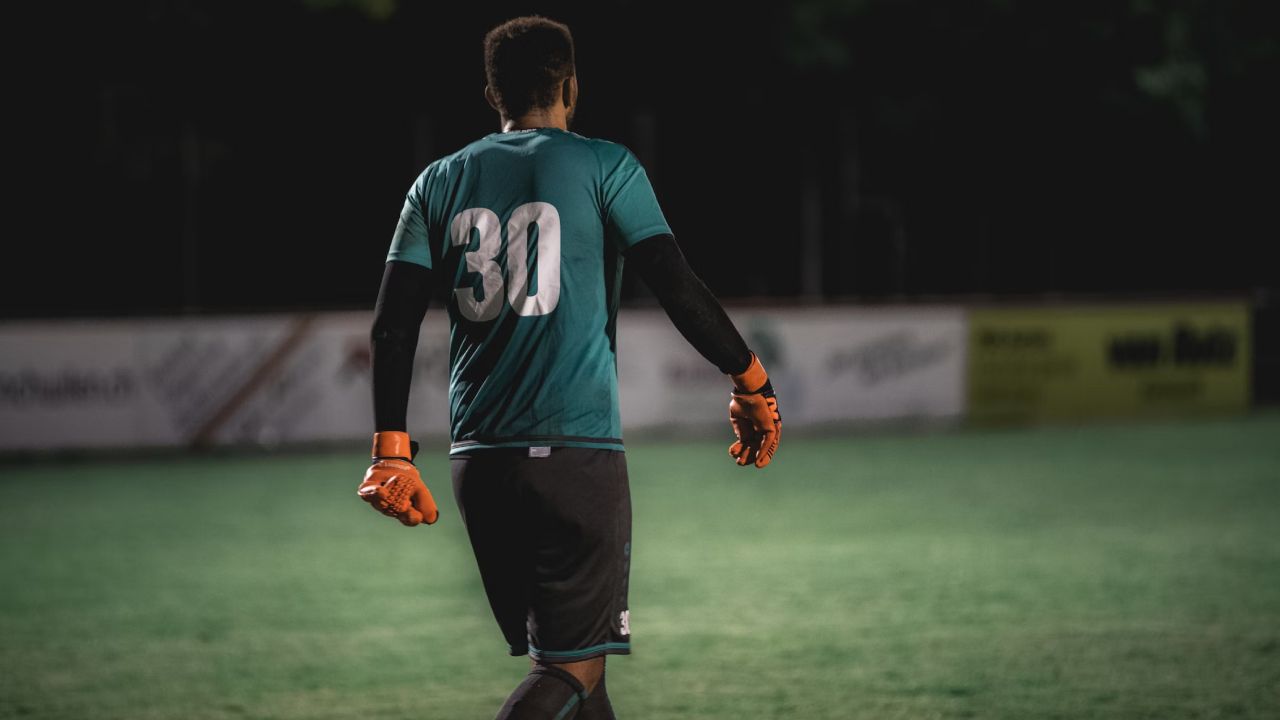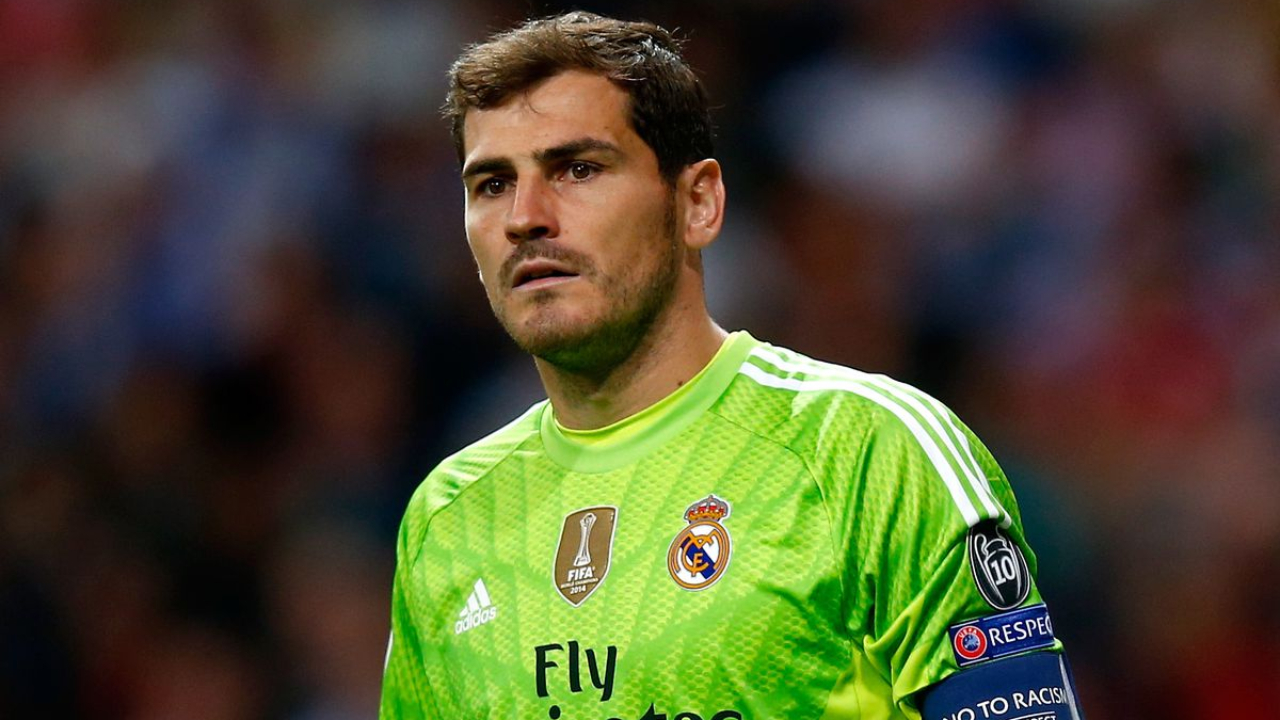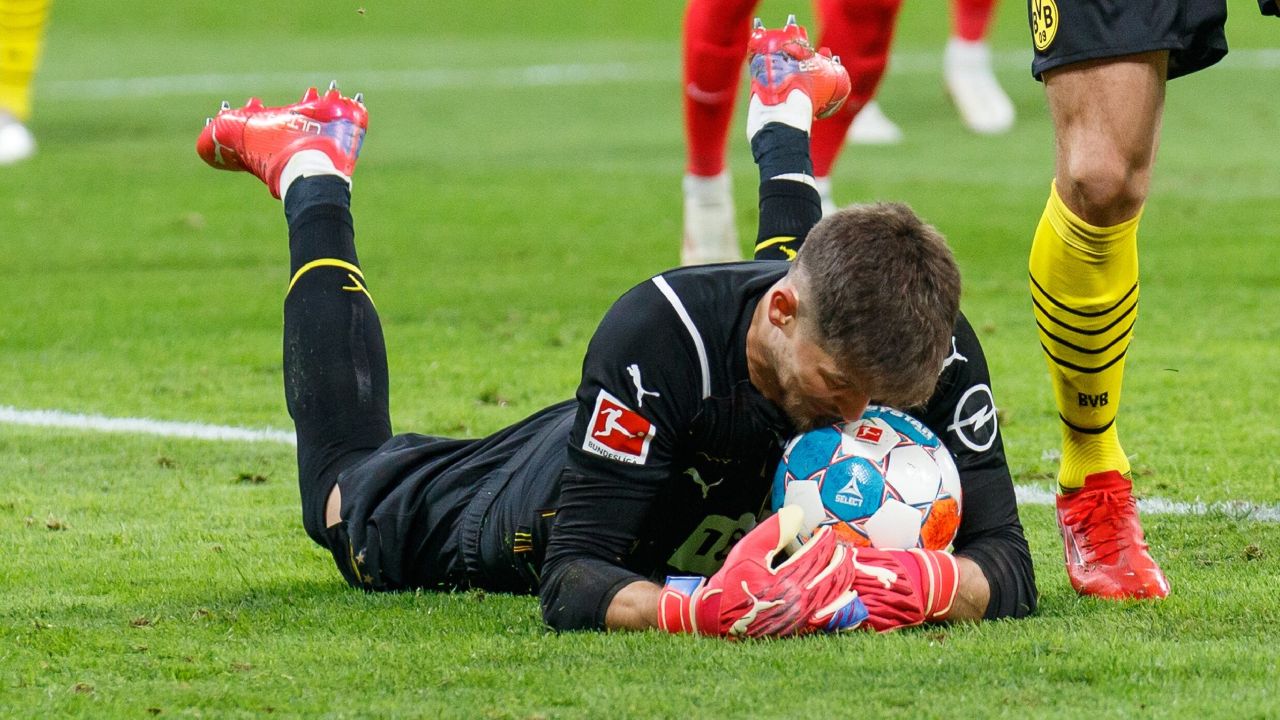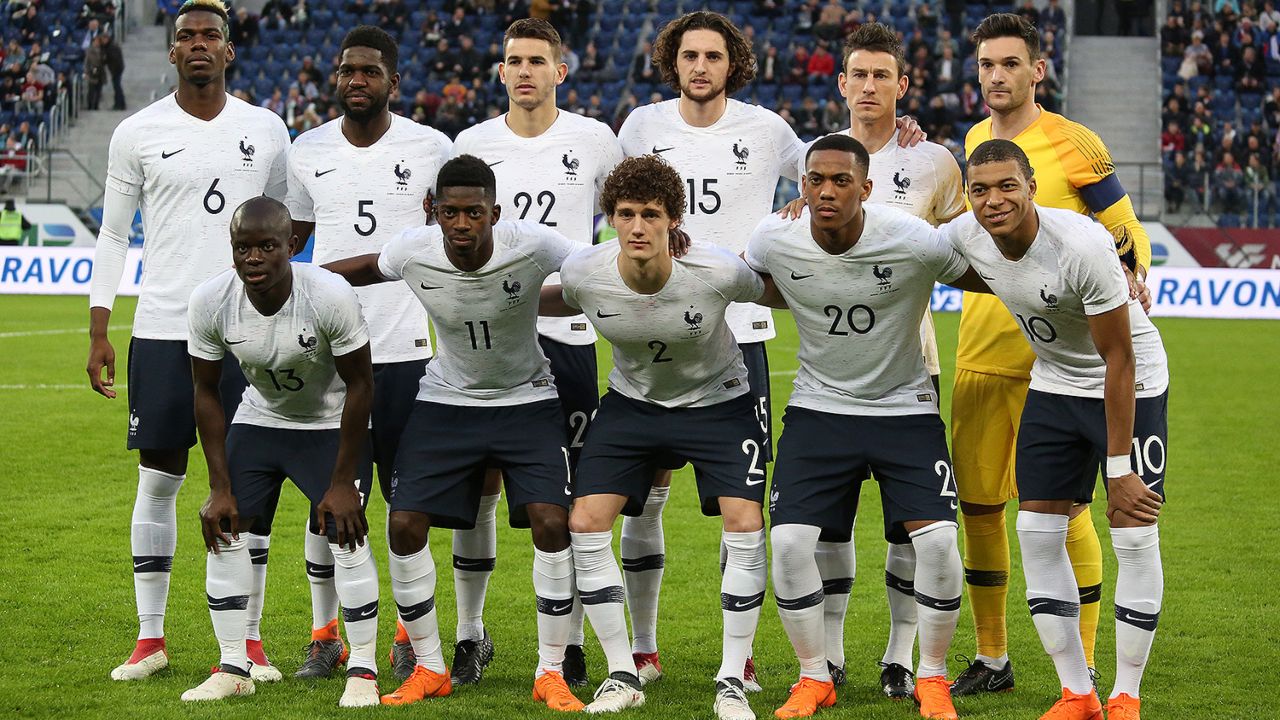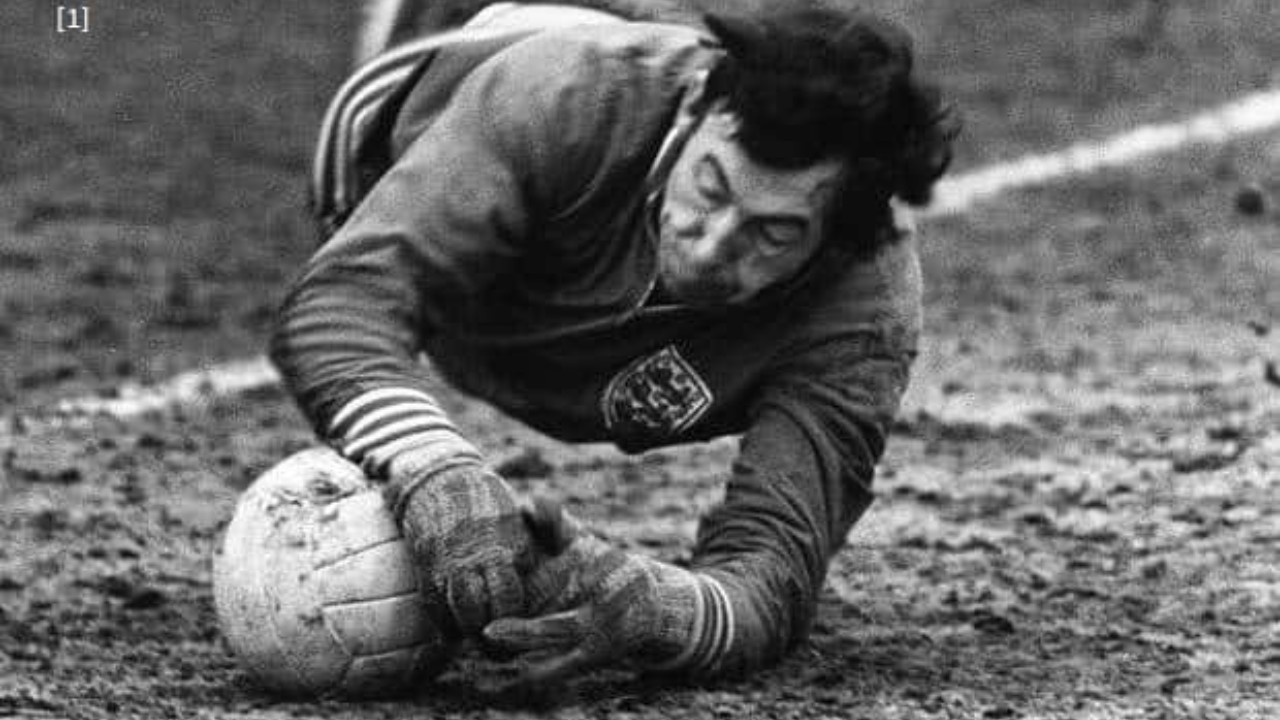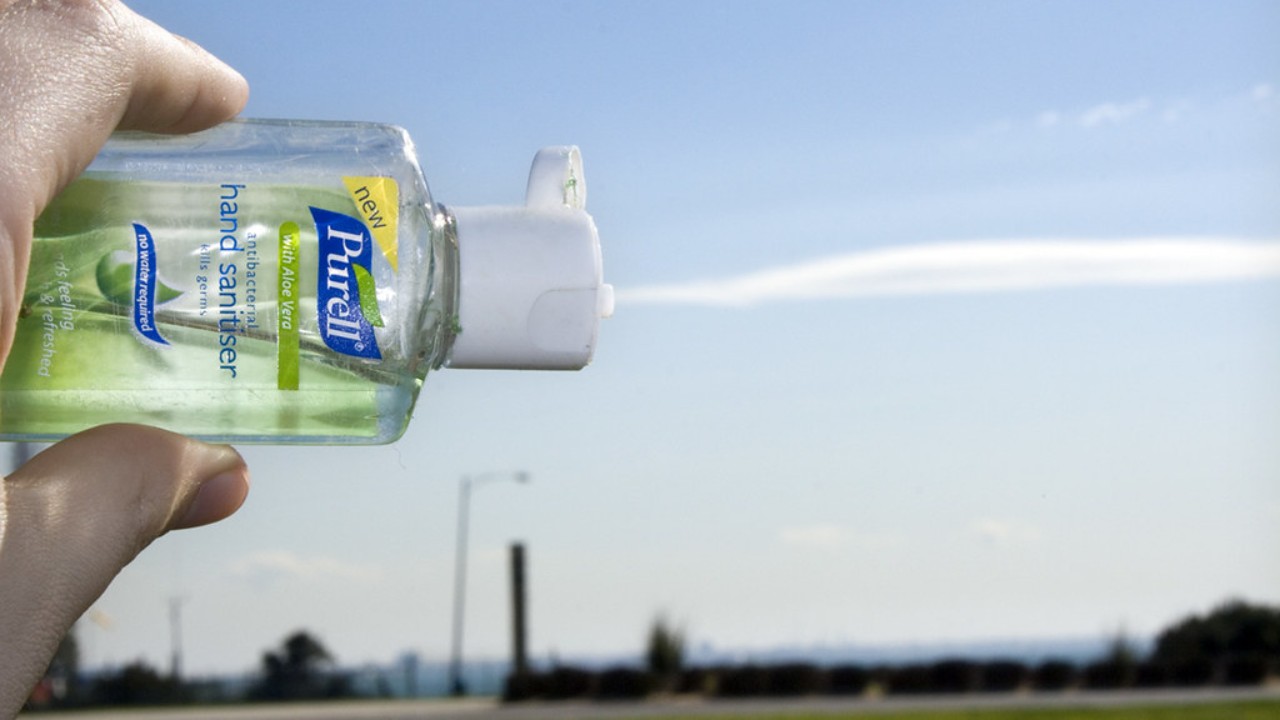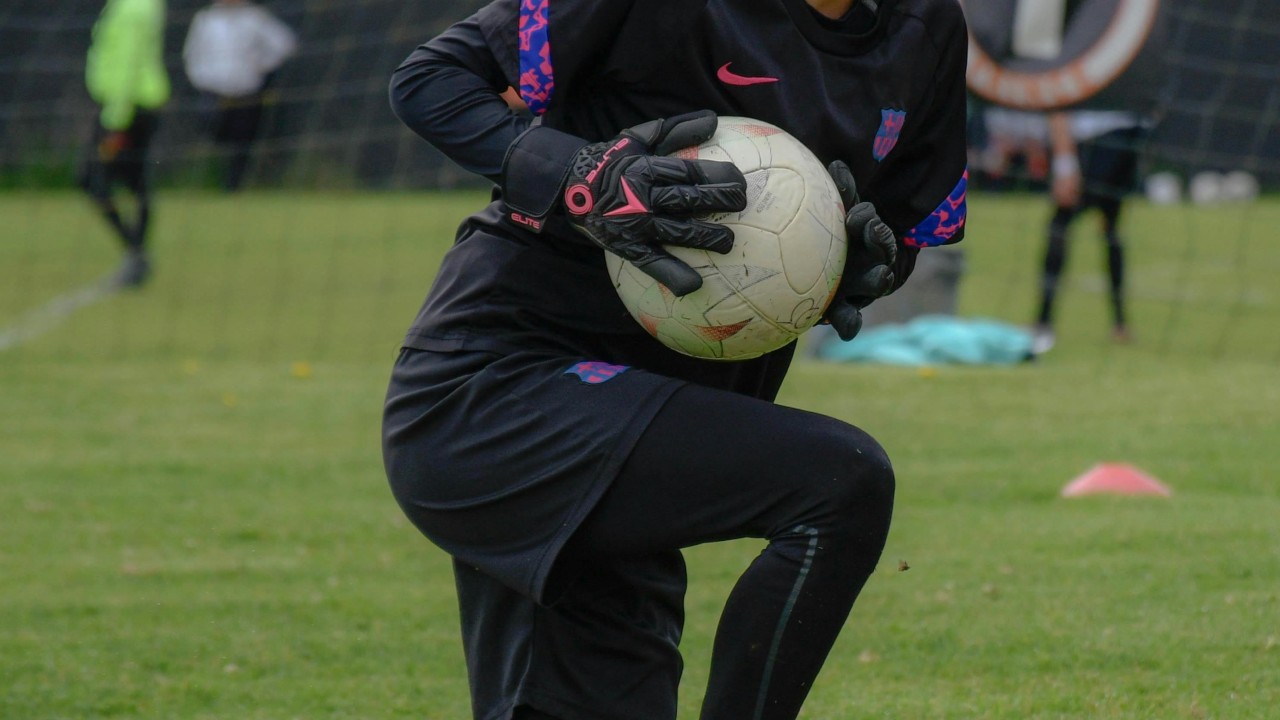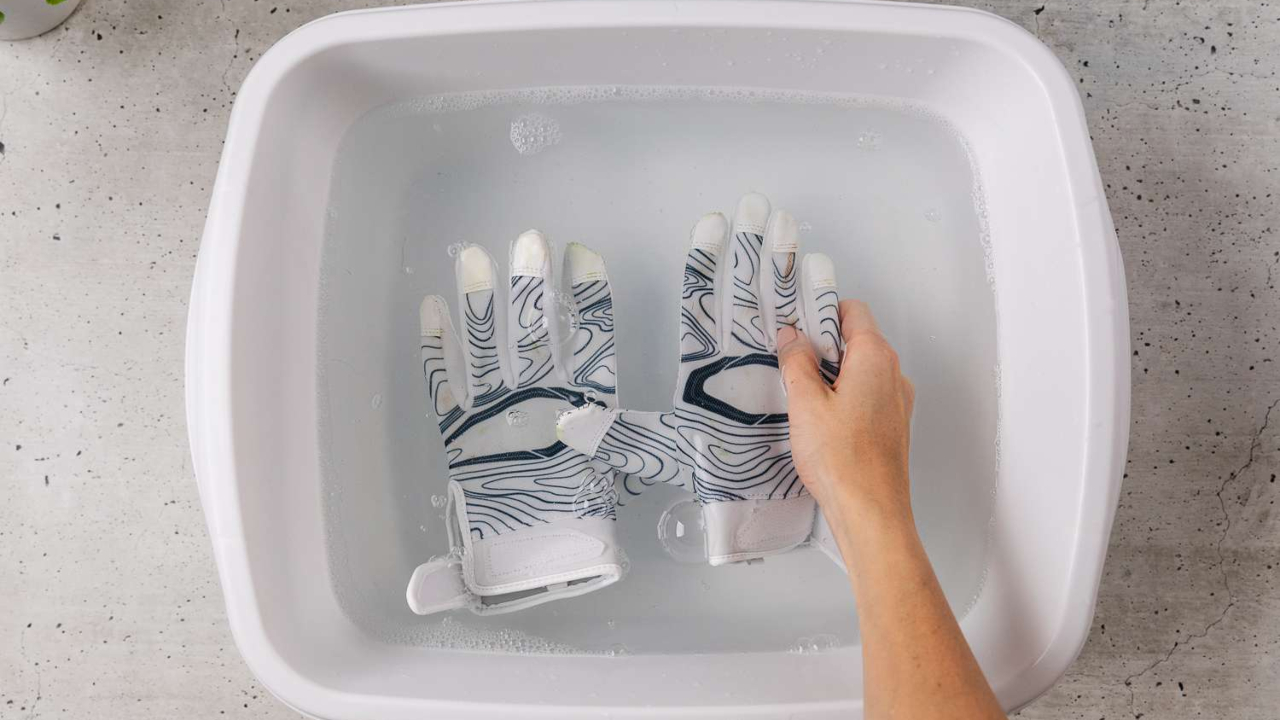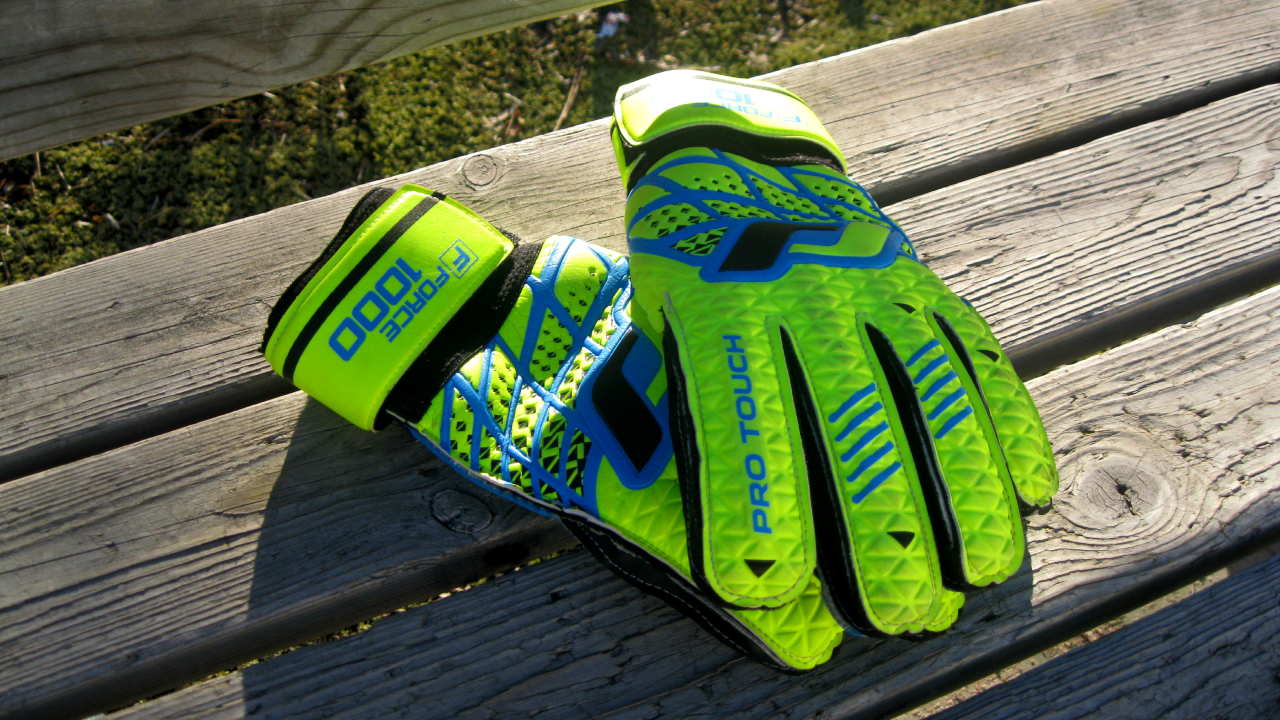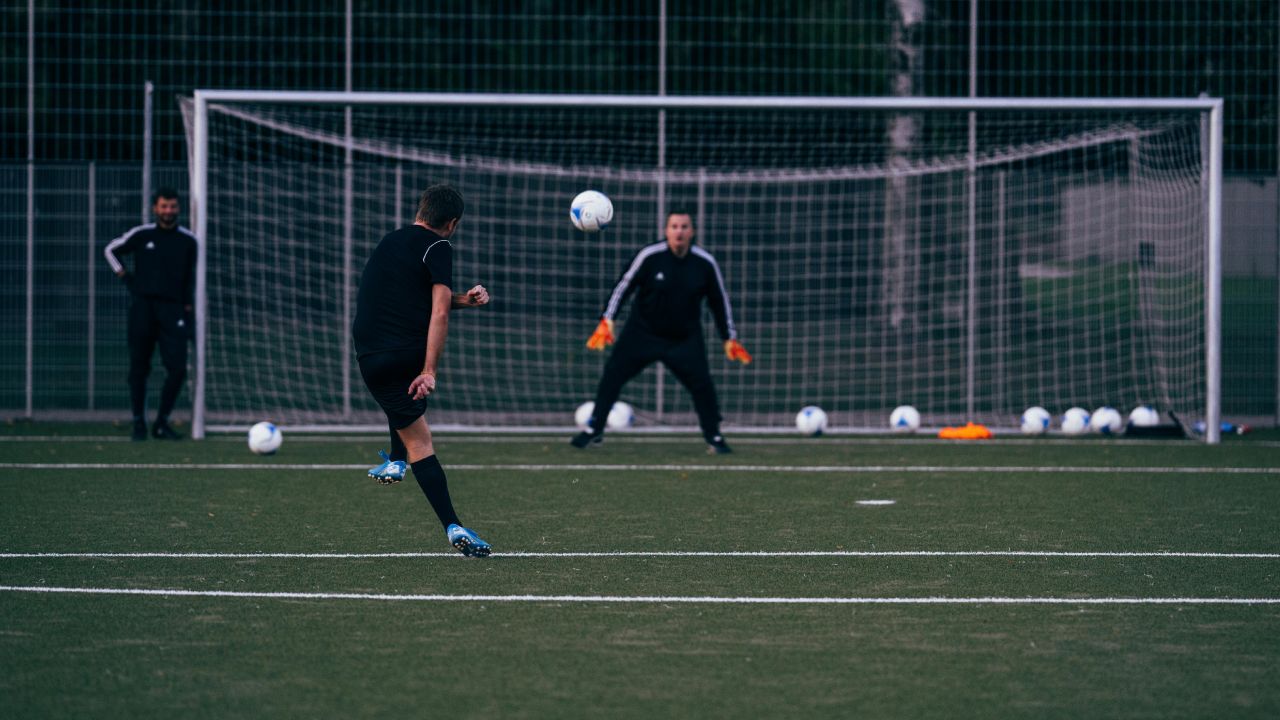Goalkeepers, the unsung heroes of football, often rely on a crucial piece of equipment to make those game-changing saves – goalkeeper gloves. In this comprehensive guide, we’ll delve into the different types of goalkeeper gloves, exploring their historical evolution, key features, how to choose the right pair and much more.
Origins of Goalkeeper Gloves
Goalkeeper gloves weren’t always a staple in a goalie’s kit. They have a fascinating history that dates back to the early 1900s. Initially, goalkeepers played barehanded, relying solely on their natural abilities.
Evolution in Design and Technology
As the game evolved, so did the goalkeeper’s gear. The 1960s witnessed the introduction of rudimentary gloves, providing minimal protection. Over the years, advancements in design and technology have transformed these gloves into high-performance tools tailored to the goalkeeper’s specific needs.
Types of Goalkeeper Gloves
Training Gloves
Ideal for practice sessions, training gloves prioritize durability and grip. They are designed to withstand the rigorous drills goalkeepers undertake during training.
Match Gloves
Crafted for game-time excellence, match gloves focus on enhanced grip and ball control. These gloves often feature cutting-edge technology to give goalkeepers a competitive edge during crucial moments.
Weather-Specific Gloves
Goalkeepers playing in different weather conditions require specialized gloves. From rainy days to scorching heat, weather-specific gloves ensure optimal performance regardless of the elements.
Hybrid Gloves
Blending the best of various glove types, hybrid gloves offer a versatile solution for goalkeepers seeking a balanced performance in training and match scenarios.
Conclusion
In conclusion, the world of goalkeeper gloves is diverse, catering to various playing styles, preferences, and environmental conditions. Understanding the evolution, key features, and choosing the right pair are pivotal for goalkeepers aiming for peak performance.

